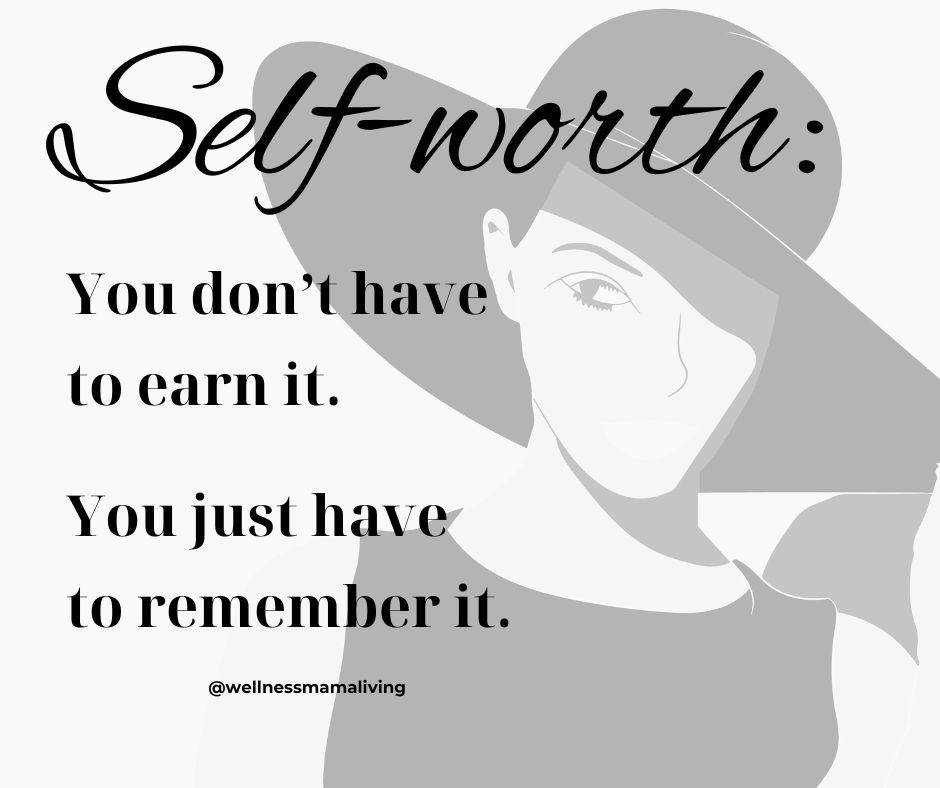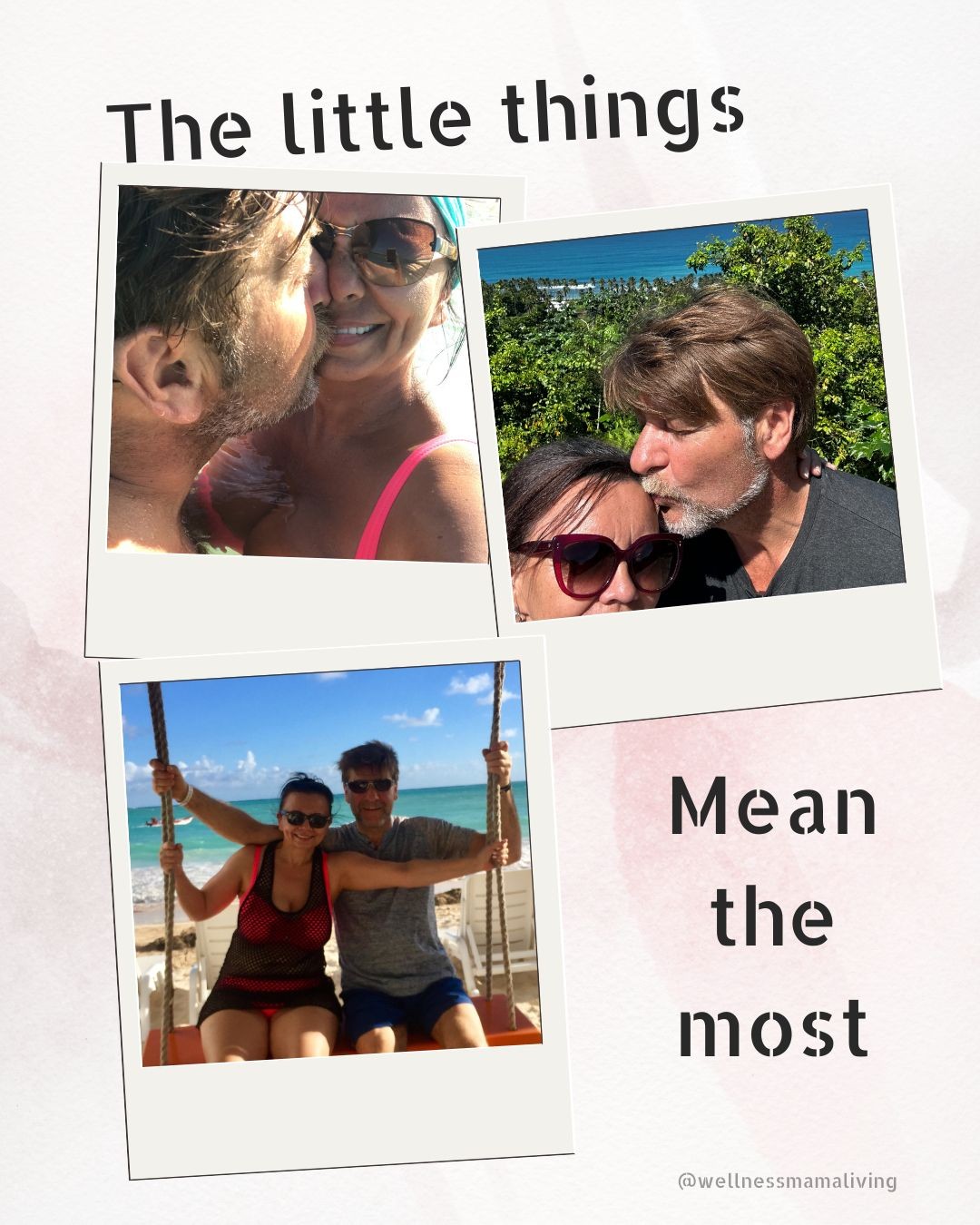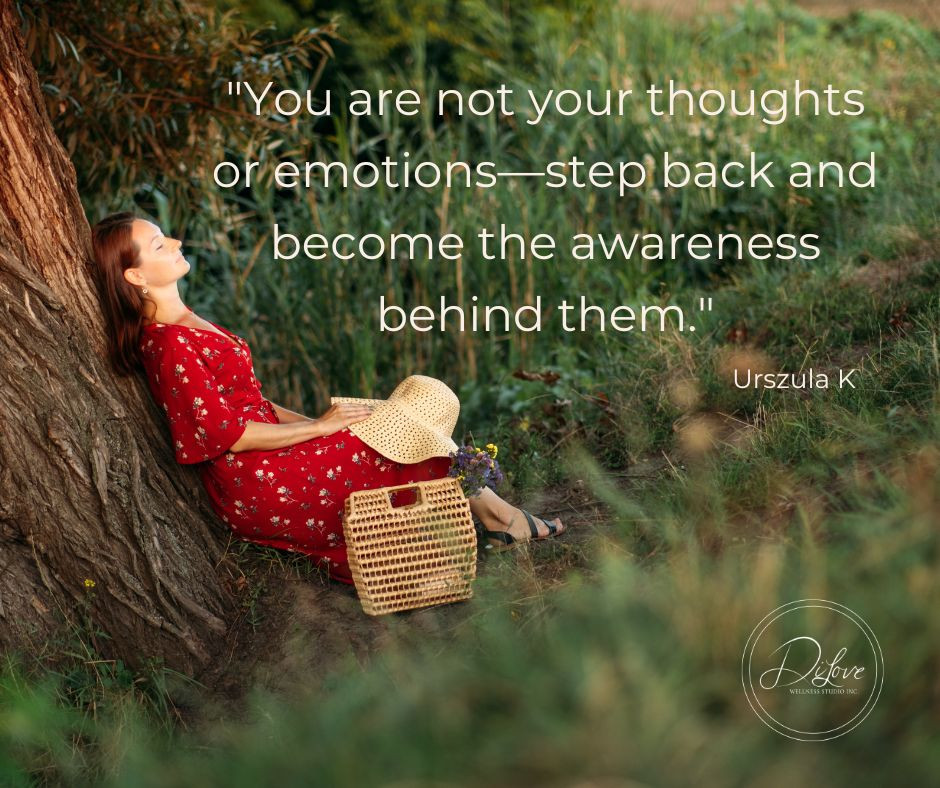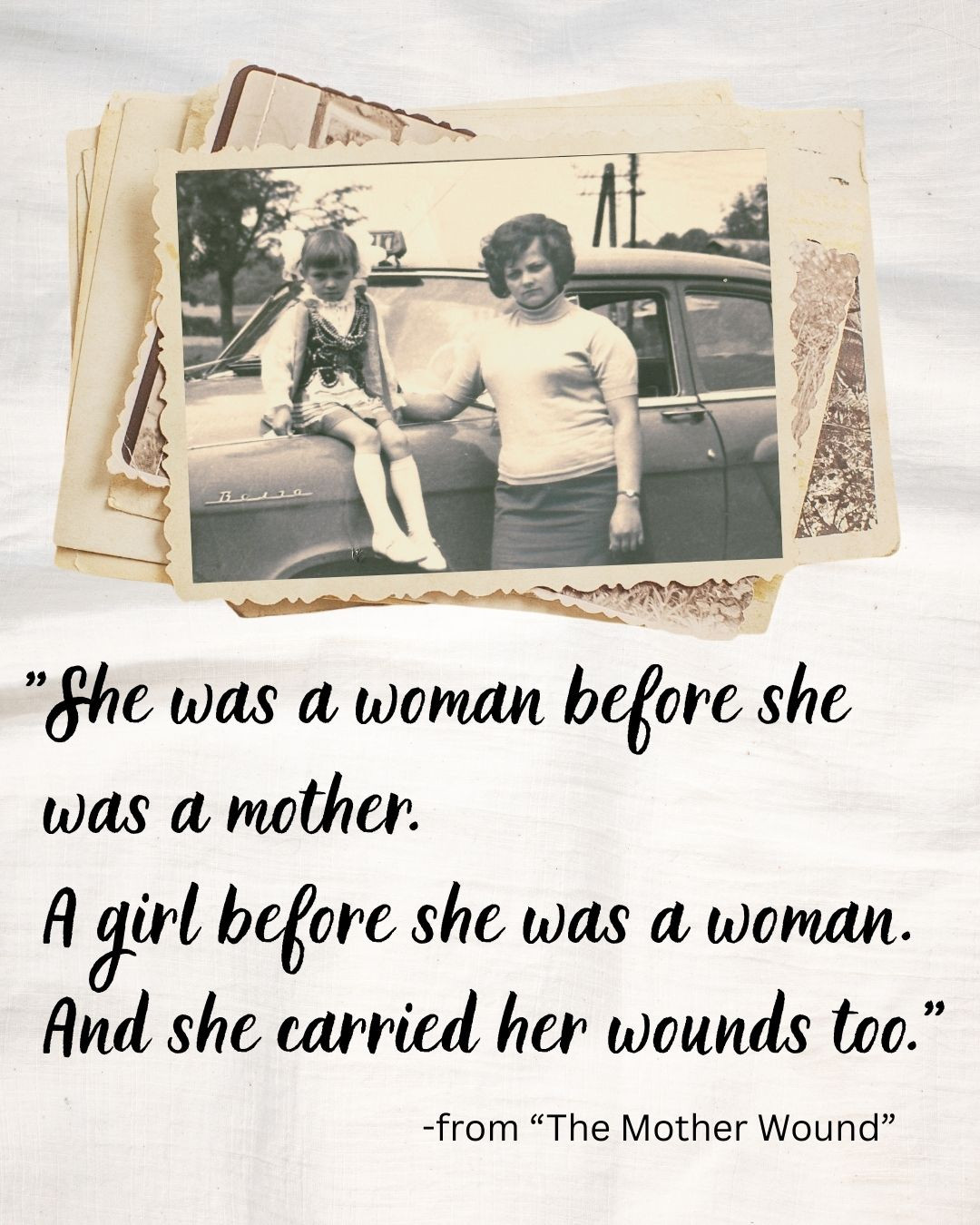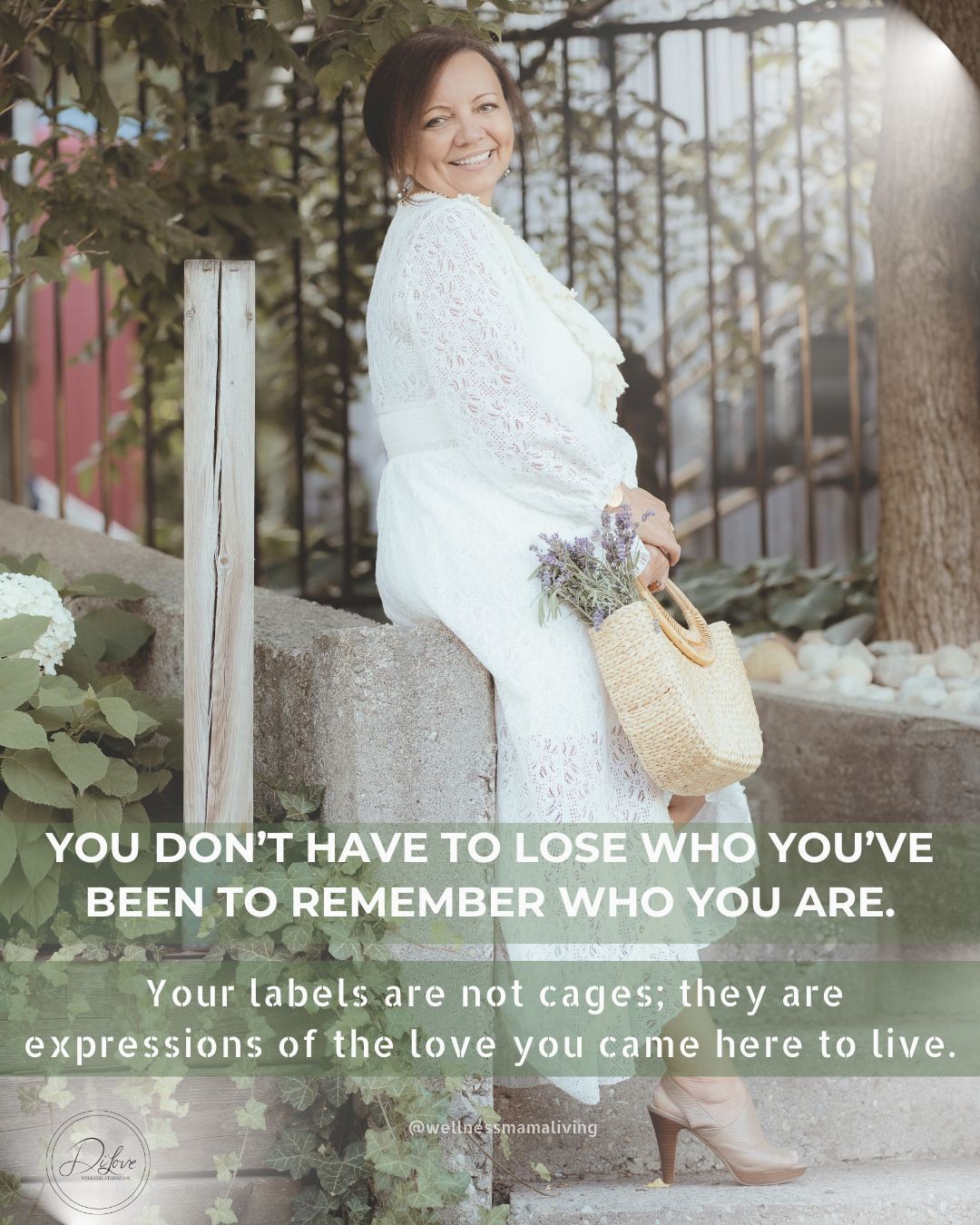Understanding psychological manipulation tactics is crucial, especially when it comes to maintaining healthy relationships and protecting oneself from abuse. One such tactic, very often used by narcissists, is DARVO, an acronym that stands for Deny, Attack, and Reverse Victim and Offender.
 This method is often used by narcissists and psychological abusers to confuse, shame, and silence their victims. In this blog post, we'll delve into what DARVO is, share a personal experience with it, explore its psychological roots, and discuss ways to recognize and handle this form of manipulation.
This method is often used by narcissists and psychological abusers to confuse, shame, and silence their victims. In this blog post, we'll delve into what DARVO is, share a personal experience with it, explore its psychological roots, and discuss ways to recognize and handle this form of manipulation.What is DARVO?
DARVO is a manipulation strategy where the abuser:
- Denies the abusive behavior.
- Attacks the victim for confronting or questioning them.
- Reverses the roles of Victim and Offender, portraying themselves as the victim while making the actual victim appear as the offender.
This tactic is particularly effective because it creates confusion and self-doubt in the victim, making them question their reality and often silencing them through shame or intimidation.
My Personal Experience with DARVO
Years ago, I was in a relationship where I experienced DARVO without knowing what it was. My instincts told me to leave before it affected my mental health, which I did.
Recently, I encountered DARVO again, this time in a business context.
I hired someone for a specific contract, and she initially "lovebombed" me with excessive praise and compliments. Although it felt good to my ego, it also made me uncomfortable. When I began to ask questions about the gaps in her work, she shamed me for being impatient.
This was a red flag, but she quickly reverted to being overly loving again, citing her past successes without ever showing evidence, only talking about them.
Eventually, her anger resurfaced when I questioned her again, leading me to terminate the contract. This experience prompted me to research DARVO and its impact on relationships.
The Psychology Behind DARVO
 The psychology of DARVO is rooted in the abuser's need for self-preservation and control. By denying their actions, attacking the victim, and reversing the roles, they protect their ego and maintain their desired self-image. This manipulation tactic is not only damaging but also deeply confusing for the victim.
The psychology of DARVO is rooted in the abuser's need for self-preservation and control. By denying their actions, attacking the victim, and reversing the roles, they protect their ego and maintain their desired self-image. This manipulation tactic is not only damaging but also deeply confusing for the victim.Example of DARVO in Action
Consider this scenario:
"I can't do anything right in your eyes. It's always something. I try so hard and you always find something wrong."
In this example, the abuser denies any wrongdoing, attacks the victim by accusing them of being overly critical, and then reverses the roles, making themselves appear as the victim of unfair treatment. This leaves the actual victim feeling confused and self-doubtful.
Workplace Scenario of DARVO in Action
Imagine a workplace scenario where an employee, Alex, brings up concerns about their colleague, Sam, who has been consistently taking credit for Alex's work. When Alex confronts Sam about this behavior, the following reaction from Sam occurs:
- Deny: "I don't know what you're talking about. I have never taken credit for your work."
- Attack: "You're just jealous because you can't handle that I'm getting more recognition than you. Maybe if you worked harder, you'd get noticed too."
- Reverse Victim and Offender: "Now you're attacking me for no reason. I feel so hurt and targeted by your baseless accusations. You're making me out to be the bad guy when all I've done is support you."
In this example, Sam's use of DARVO leaves Alex feeling confused and guilty for even bringing up the issue, effectively silencing Alex and deflecting any responsibility away from Sam. This tactic not only protects Sam's self-image but also undermines Alex's confidence and credibility.
What are DARVO Tactics, and How Can You Recognize Them?
Recognizing DARVO tactics is key to protecting yourself from this form of manipulation. Here are some common tactics:
- Constant Denial: If someone denies their behavior every time you confront them about an issue, you are likely in a DARVO relationship. Denial is the hallmark of the DARVO strategy. Phrases such as, “That never happened!” or “I never said that!” are common in DARVO gaslighting.
- Counterattacking: Instead of addressing the issue at hand, the abuser attacks the victim’s character or motives. For example, “You’re always so sensitive!” or “You’re just trying to make me look bad!”
- Playing the Victim: The abuser portrays themselves as the victim to elicit sympathy and to make the actual victim feel guilty. Statements like, “Why are you always picking on me?” or “I can’t believe you’re treating me this way after everything I’ve done for you!” are typical.
- Shifting Blame: The abuser deflects blame back onto the victim, making it seem like the victim is responsible for the abuser’s behavior. Examples include, “If you hadn’t done that, I wouldn’t have reacted this way,” or “It’s your fault I’m upset.”
- The Silent Treatment: The silent treatment is another tool in the DARVO arsenal. The abuser uses silence to deny the victim validation, confuse them, and make them question their actions. By invalidating and minimizing the victim's experiences, the abuser aims to maintain control and silence any dissent.
Conclusion
 DARVO is a powerful and damaging manipulation tactic designed to silence victims through denial, confusion, and intimidation. Recognizing the signs of DARVO is the first step toward protecting yourself from psychological abuse. If you notice these patterns in any relationship, it's crucial to distance yourself from the abuser to preserve your mental health and well-being. While understanding the psychology behind DARVO can be enlightening, the priority should always be your safety and mental health. Ending the relationship and seeking support from trusted friends, family, or professionals is often the best course of action.
DARVO is a powerful and damaging manipulation tactic designed to silence victims through denial, confusion, and intimidation. Recognizing the signs of DARVO is the first step toward protecting yourself from psychological abuse. If you notice these patterns in any relationship, it's crucial to distance yourself from the abuser to preserve your mental health and well-being. While understanding the psychology behind DARVO can be enlightening, the priority should always be your safety and mental health. Ending the relationship and seeking support from trusted friends, family, or professionals is often the best course of action.Did you ever encounter a person who used DARVO? Please comment to share your experience and advice.
Xoxo
Urszula



